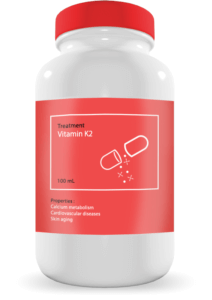
Of 193 patients with major bleeding, 109 (56.5%) had intracranial hemorrhage.

We evaluated hematoma volume and short-term clinical outcomes in relation to the extent of active OAT according to coagulation parameters and OAT plasma levels measured by UPLC-MS/MS. The primary endpoint was in-hospital mortality until day 30. This is a secondary analysis of the patients with intracranial bleedings from the prospective multicenter emergency department-based RADOA registry, which collected data on patients admitted with major bleeding while taking VKA or DOAC.

Systematic data on the course of intracranial hemorrhage under DOAC compared to vitamin K antagonists (VKA) are warranted to enable shared decision making in AF patients needing OAT.

Intracranial hemorrhage is the most severe adverse event of OAT. The use of direct oral anticoagulants (DOAC) has increased sharply and DOAC are the oral anticoagulant therapy (OAT) of choice for the majority of patients with newly-diagnosed atrial fibrillation.


 0 kommentar(er)
0 kommentar(er)
